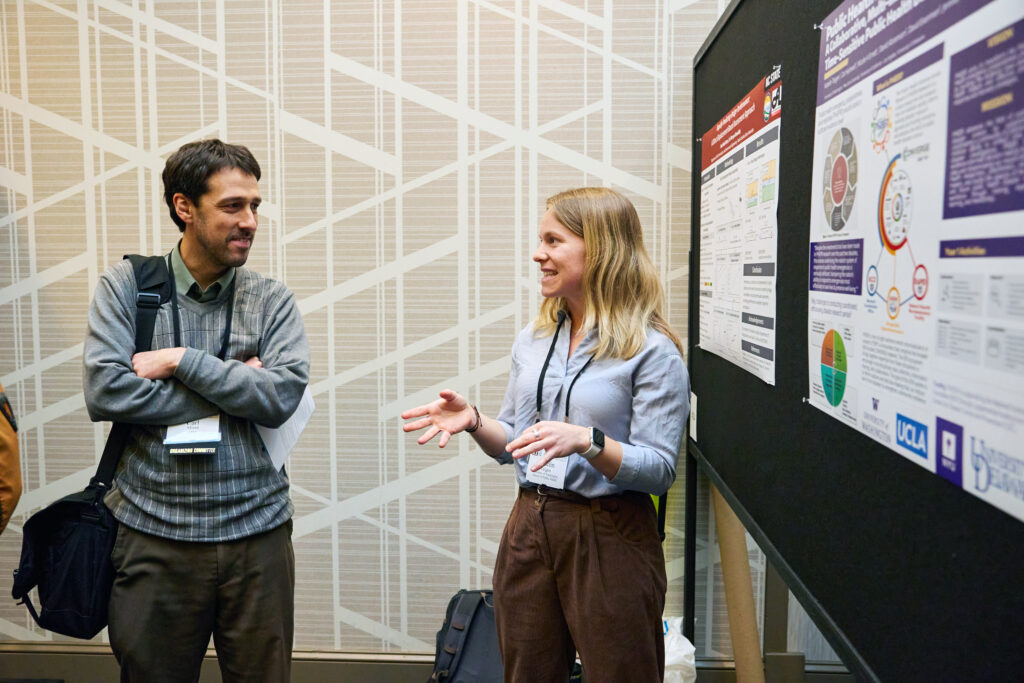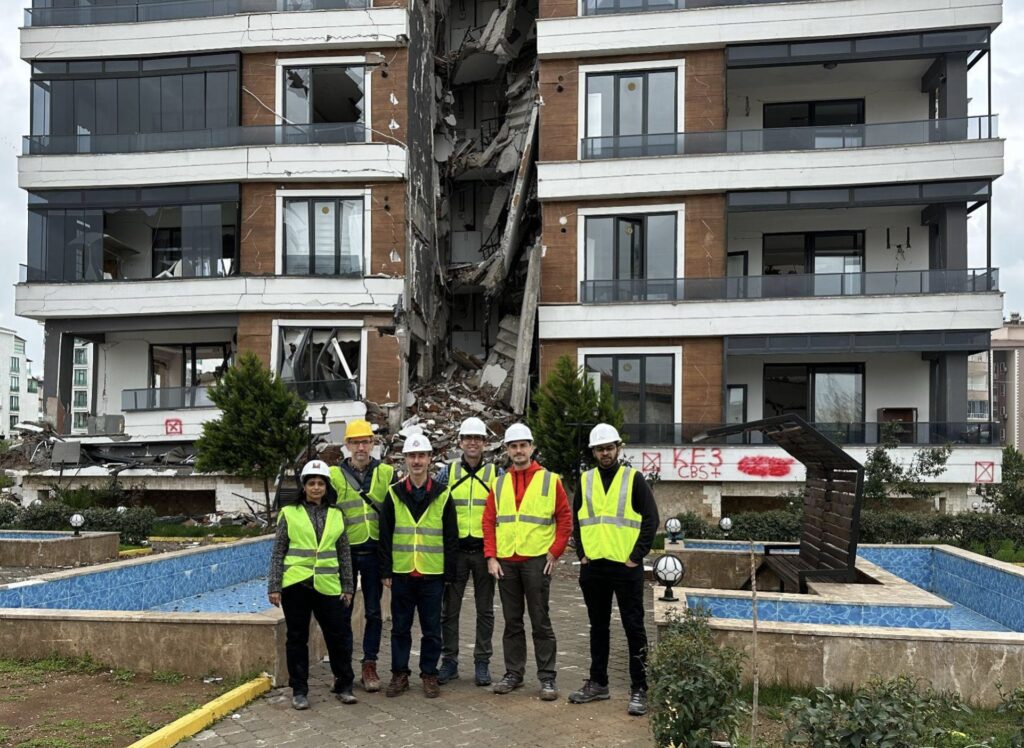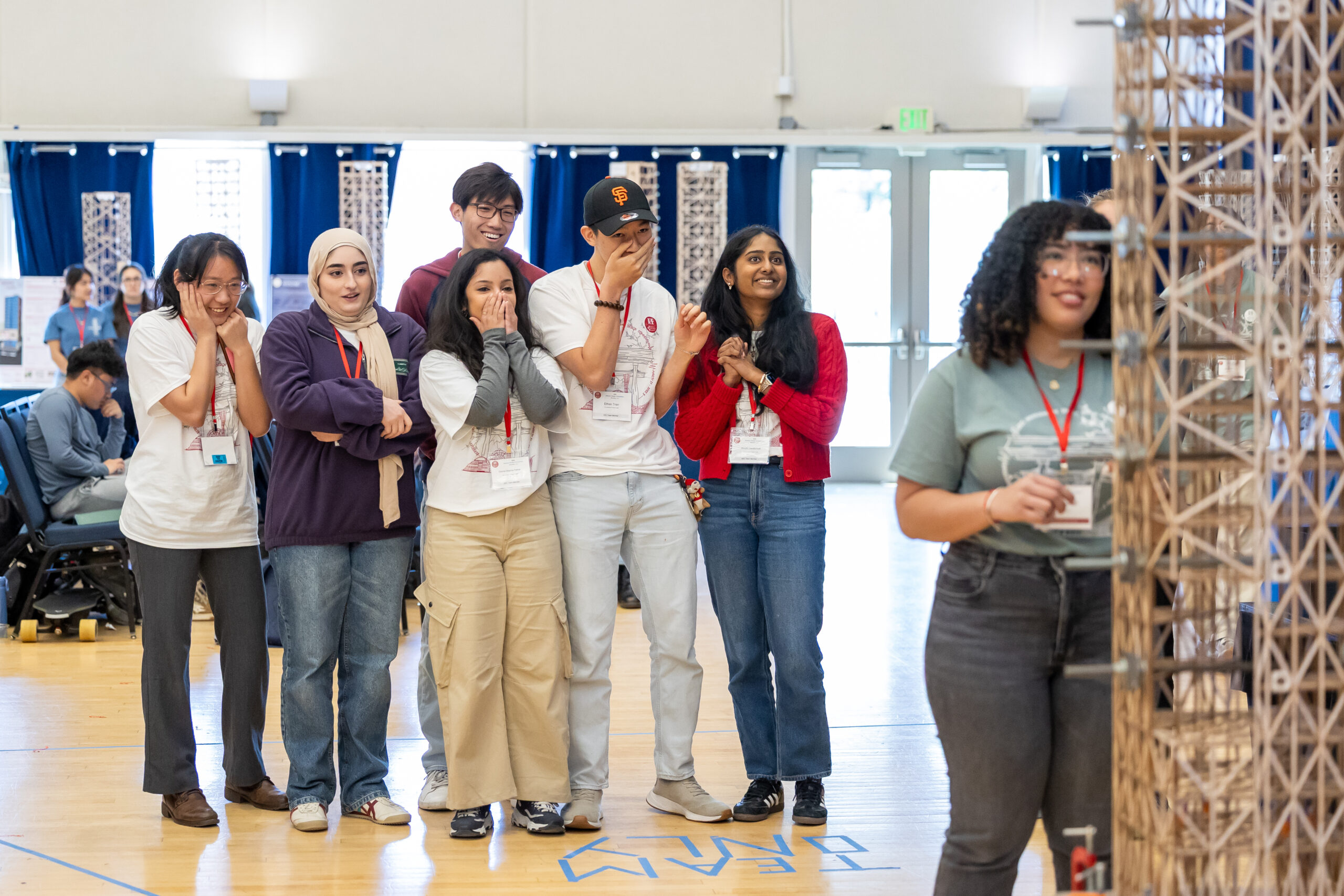In April, we had the privilege of connecting with Maureen Wilmot, Chief Operating Officer for the Earthquake Engineering Research Institute (EERI). We discussed the growth and goals of the organization, those who contribute to the organization, and the programs they offer.
Tell me about your organization. How did you start? How long have you been around?
EERI was founded in 1948 as a multidisciplinary national society of engineers, geoscientists, building officials, and architects dedicated to advancing the science and practice of earthquake engineering and reducing the impacts of earthquakes on society. The founding members came together from teaching, research, governmental regulation, and practice in engineering and architecture with the intention of establishing a research institution. These plans never came to pass. Instead, EERI functioned as a clearinghouse for research information and policymaking, with funds for research channeled to the universities. For many years, EERI remained a small, exclusive organization of scientists and engineers with an invitational membership.
What is EERI’s primary goal?
As the leading non-profit membership organization, our primary goal is to understand earthquake risk and increase earthquake resilience in communities worldwide. Our diverse multidisciplinary membership includes researchers, practitioners, and students in engineering, geoscience, social science, architecture, planning, government, emergency management, public health, and policy making.
What is EERI’s vision? What are your organizational values?
Our vision is a future where communities worldwide understand their earthquake risk and act to improve their resilience to earthquakes and other hazards. Our core values are: Knowledge Development and Transfer, Collaboration and Volunteerism, Leadership and Advocacy, Diversity, Equity, and Inclusion, Integrity and Stewardship.
What is your mission?
EERI’s mission is to provide members with the technical knowledge, leadership and advocacy skills, collaborative networks, and multidisciplinary context to achieve worldwide earthquake resilience in their communities.
Which communities do you serve?
EERI serves communities worldwide. We also serve the engineering professions, social scientists, and students through our membership.
How can people get involved? How are volunteers part of your organization?
Our volunteers include members who serve on our board, program committees, student and regional chapters, organize and participate in EERI events, and participate in earthquake reconnaissance through our flagship program Learning From Earthquakes.
How has your organization grown over the years? Are there any specific highlights you’d like to share?
In 1973, EERI opened its doors to applications from all who had a serious commitment to earthquake engineering. The number of members jumped from 126 in 1973 to 721 within five years, providing a vital forum for communication among a wide range of earthquake specialists.
Today, EERI is the leading non-profit membership organization dedicated to understanding earthquake risk and increasing earthquake resilience in communities worldwide. Thousands of members are located in nearly every U.S. state and numerous countries worldwide. Our members are organized into chapters, committees, and projects that conduct volunteer activities to achieve our mission. We are supported by a very small administrative staff located in Oakland, California.
In 1973, EERI formally initiated the Learning from Earthquakes (LFE) Program. This program, which has been funded in large part by the U.S. National Science Foundation, sends multidisciplinary teams of researchers (e.g., earth scientists, engineers, and social scientists) into the field to investigate and to learn from the damaging effects of earthquakes. The reconnaissance team makes a rapid, general damage survey of the affected area and documents initial important observations from the earthquake. It assesses the need for follow-up areas of research.
What do donor dollars allow you to do?
We currently have a fundraising campaign underway to build the endowment for Learning From Earthquakes. Once this is fully funded, EERI will have annual funds to quickly deploy reconnaissance teams around the world, in the event of a major earthquake.
The ability to make observations rapidly and precisely following a disaster has long been recognized as critical to managing emergency response activities in the short term and improving the understanding of natural hazards in the long term. Participating in earthquake reconnaissance is a vivid reminder of why we are actively engaged in earthquake engineering and risk management. The collected data are compiled into earthquake reports in our LFE Reconnaissance Archive. Such reports are a valuable source of information for current and future researchers.
How has Evergreen Alliance impacted the work you do?
They’ve been fantastic! Recently, EERI transitioned its accounting when our long-time controller retired. Evergreen Alliance worked with management and the board to assess the current procedures and then design an accounting system adhering to nonprofit accounting standards and tailored to the needs of EERI.
The Evergreen Alliance team members are all awesome! They’re a professional team and make accounting fun. Who would’ve thought? It’s not just about the numbers; they are part of our team and contribute to making EERI successful.


____________________________________________________________________________

